Overview
Baruntse Expedition is another excellent platform to explore the tranquilizing beauty of the Khumbu Region of Nepal. While this adventurous ride serves as an opportunity to indulge yourself into the natural serenity, this could be your chance to garner all the experience before eyeing for more thrilling adventures like Everest Expedition or Manaslu Expedition.
The 32 days-long expedition starts from Kathmandu and takes you through some of the mesmerizing landscapes of Nepal until you step your foot at the summit of Mount Baruntse. Standing tall at an altitude of 7129 meters (23389 feet), Mount Baruntse is crowned by four peaks and surrounded by Hunku, Barun, and Imja glaciers.
Throughout the journey, you will indulge yourself in a walk to a remote area that includes steep snow slopes, challenging sections, and gigantic ice cliffs. But before you test your trekking shoes, you will enjoy a gripping flight to one of the world’s most extreme airports— Tenzing–Hillary Airport in Lukla.
There on, you will walk through dense rhododendron forests, naturally magnificent landscapes, and some traditionally and culturally rich settlements until you reach the Baruntse Base Camp (5300m). On the way, you will have a comfortable acclimatization night at the Mera Base Camp (5350m), which is the starting point of the summit to Mera Peak (6476m).
Before your summit to Mount Baruntse, we will set up two camps above the Baruntse Base Camp to help you with proper preparation and acclimatization. All of the food and your essentials will be supplied there through our experienced Sherpa guides.
Once you reach the top of Mount Baruntse, you relish on the eye-catching views of some of the tallest peaks in the world. The summit feeds you with the sights of Mount Everest (8848m), Mount Makalu (8481m), Lhotse (8516m), and Mera Peak (6476m).
The best seasons for you to take on this expedition is in late spring and autumn, during March, April, September, and October. During these timeframes, you don’t have to encounter the possible threats that the high altitudes can bring in. Plus, the weather opens up nicely to feed you with natural serenity.
In short, Baruntse Expedition is your best possible way to explore the unexplored landscapes of Nepal. And we are all set to help you in your quest to achieve this tremendous feat.
Short History of Mount Baruntse
Mount Baruntse, which lies in the Khumbu region of Eastern Nepal was first climbed on 30 May 1954. Colin Todd and Geoff Harrow, from New Zealand, climbed it via the South ridge in an expedition led by Sir Edmund Hilary. In the meantime, the first ascent of the East Ridge was recorded on 27 April 1980 by Lorenzo Ortas, Javier Escartín, Jeronimo Lopez, and Carlos Buhler (America) of a Spanish expedition led by Juan José Díaz Ibañez.
Accessing Mount Baruntse is usually gained from the South, where climbers can ascend Mera Peak for acclimatization before moving up the valley to Baruntse Base Camp.
Why You Will Love This Baruntse Expedition
- You will uncover the beauty and serenity of magnificent Nepal with this 32 days-long expedition.
- You will explore the ancient places as well as cultural and natural heritage around the Kathmandu valley.
- You can indulge yourself in the spectacular views of Mount Everest (8848m), Makalu (8481m), Lhotse (8516m), and Mera Peak (6476m).
- You can have a piece of mouthwatering view of the three glacier valleys of Imja.
- Flying in and out of the infamous Lukla Airport.
- You will have a wonderful trek around the Hongu Valley to Baruntse Base Camp (5300m).
- Exciting trek around Zatrawa La Pass and the Khumbu Valley.
- You will be trekking to and camping at Mera Peak Base Camp (5350m).
Is This Baruntse Expedition Right For You?
- The weather can be unpredictable in the higher altitudes as it can also affect your expedition and put it to a halt. Make sure you carefully consider the time of the year you wish to take on the expedition as the scenery and conditions vary between seasons.
- For about a week or more, you will have to walk for 5 to 9 hours, excluding the climb itself. So, make sure that you are up for the challenge. If you have been practicing some kind of climbing exercises prior to the expedition, it will be helpful.
- You will be scaling the Mount Baruntse that lies about 7129 meters. The climb is somewhat challenging, so keep in check that you have a good climbing experience before taking on this expedition.
- The expedition includes several days of camping over 3000 meters, where there is the risk of being affected by Acute Mountain Sickness (AMS). You may notice shortness of breath and mild headache, but your guide will make sure you walk slowly to let your body adjust to the thinning air.
Our guides and Sherpas are well trained in first aid and will be carrying emergency medicines to help you in the time of difficulty. In extreme cases, we will rescue you using a helicopter. If you are unsure about your physical ability, you need to seek some medical advice before booking this expedition.
Day to Day Detailed Itinerary – Baruntse Expedition
| Day | Itinerary | Altitude | Duration |
|---|---|---|---|
| 1 | Arrival in Tribhuvan International Airport, Kathmandu and Transfer to a Hotel | 1350 m | - |
| 2 | Sightseeing Around Kathmandu Valley and Buying Necessary Gears | 1350 m | - |
| 3 | Briefing About the Expedition in Tourism Ministry | 1350 m | - |
| 4 | Flight to Tenzing–Hillary Airport, Lukla and Trek to Chutanga | 2840 m (Lukla) 3450 m (Chutanga) | 40 minutes (flight) 4 hours (trek) |
| 5 | Trek from Chutanga to Thuli Kharka (Chatra-La) | 3900 m | 7 hours |
| 6 | Trek from Thuli Kharka (Chatra-La) to Kothe | 4095 m | 5 hours |
| 7 | Trek from Kothe to Thangnak | 4350 m | 4 hours |
| 8 | Trek from Thangnak to Khare | 5045 m | 3 hours |
| 9 | Trek from Khare to Mera Base Camp | 5350 m | 5 hours |
| 10 | Trek from Mera Base Camp to Seto Pokhari | 4850 m | 5 hours |
| 11 | Trek from Seto Pokhari to Baruntse Base Camp | 5300 m | 4-5 hours |
| 2020-12-24 00:00:00 | Climbing Period of Mount Baruntse | 7129 m | - |
| 25 | Trek from Baruntse Base Camp to Seto Pokhari | 4850 m | 6 hours |
| 26 | Trek from Seto Pokhari to Mera Base Camp | 5350 m | 6 hours |
| 27 | Trek from Mera Base Camp to Khare | 5045 m | 5 hours |
| 28 | Trek from Khare to Kothe Via Thangnak | 4350 m (Thangnak) 4095 m (Kothe) | 3 hours 4 hours |
| 29 | Trek from Kothe to Thuli Kharka (Chatra-La) | 3900 m | 5 hours |
| 30 | Trek from Thuli Kharka to Lukla | 2840 m | 9 hours |
| 31 | Flight from Tenzing–Hillary Airport, Lukla to Kathmandu and Transfer to the Hotel | 1350 m | 40 minutes |
| 32 | Drive to Tribhuvan International Airport, Kathmandu for Final Departure | 1350 m | 0.5 hours |
Important Notes
- This trip starts early in Kathmandu, and you have three days to rest in the capital and explore the natural and cultural heritages around the Kathmandu valley. As a result, you will get enough time for the briefing about the expedition.
- There are two ways of adventuring to the peak. One is from Lukla via Mera Base Camp and Hunku glacier with the possibility of climbing Mera Peak as a part of the adventure. The other one is from Tumlingtar along the Makalu Access Trek and West Barun glacier.
- The Southeast Ridge of Mount Baruntse is a straightforward climb, mainly on snow, but at high altitudes and crossing some steep sections of ice at 50°, with a prominent ice cliff at about 7000m. We will set up a fixed line there for you.
- The geometry and position of the Ridge make it prone to the accumulation of cornices. Despite the cornices appearing very stable, we will safeguard the steeper sections by placing fixed lines where you will have to traverse between the camps.
- The avalanche risk on the lower slopes of Mount Baruntse appears to be very low. The successful ascents of the mountain are made in the spring when good snow conditions prevail.
- Climbing permit fees 500USD as a royalty fee to summit Mount Baruntse in the spring season. Besides, the cost of ascending the peak in autumn and winter/summer seasons is 250USD and 125USD, respectively.
- Note that while we endeavor to assist our clients in achieving their goals, there may be times your leader decides whether to delay or stop your ascent based on your medical conditions and AMS symptoms.
- You may also be asked to carry some passport size photographs to carry out your expedition permit.
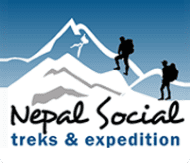
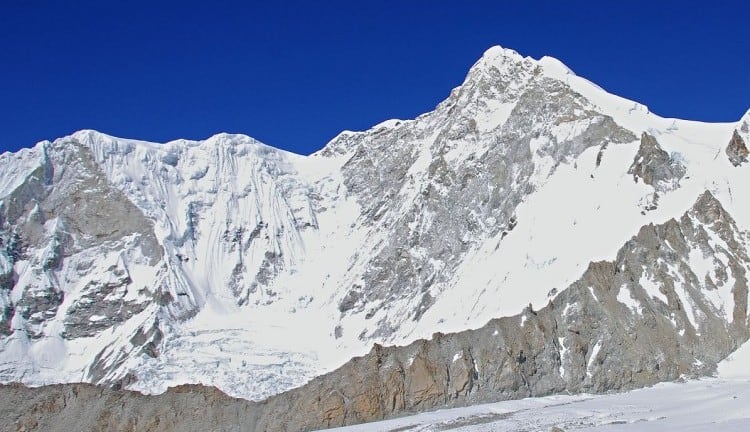
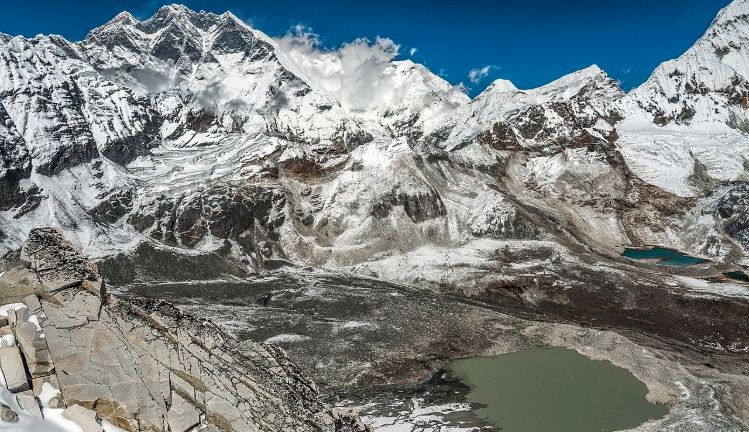
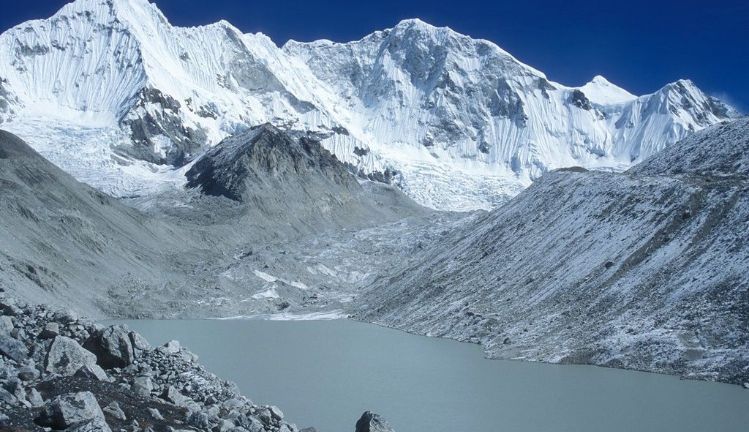
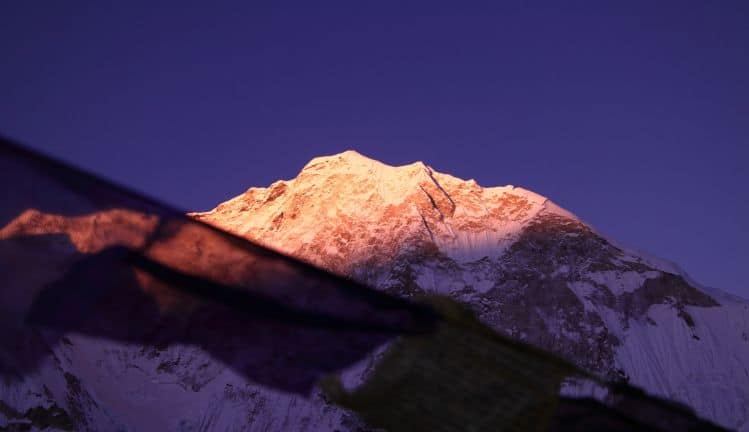
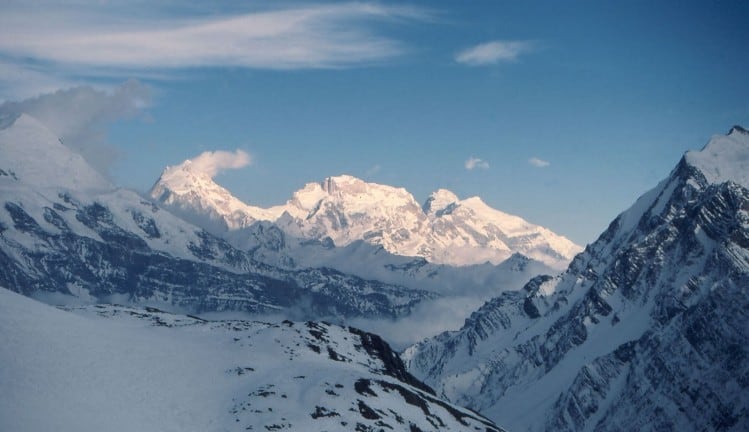
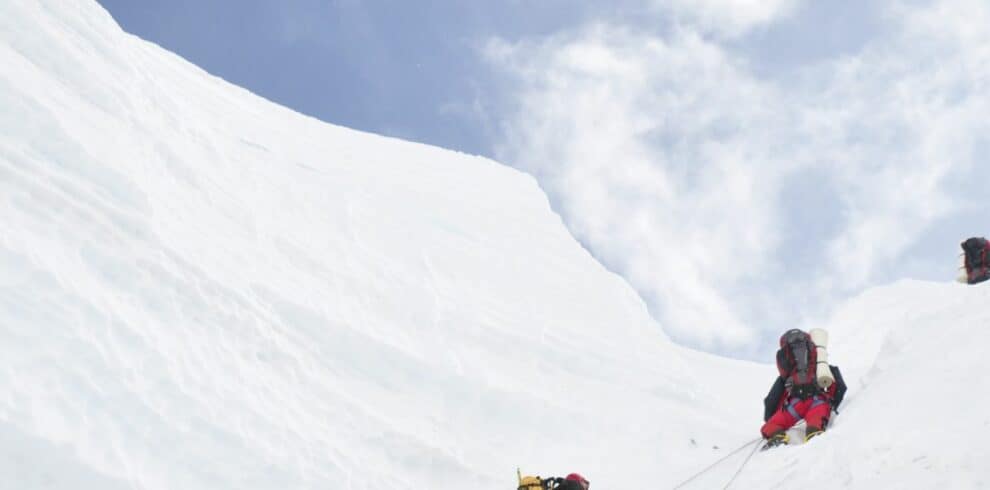
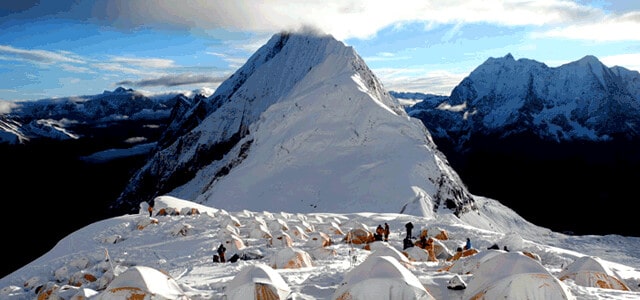
Write a Review